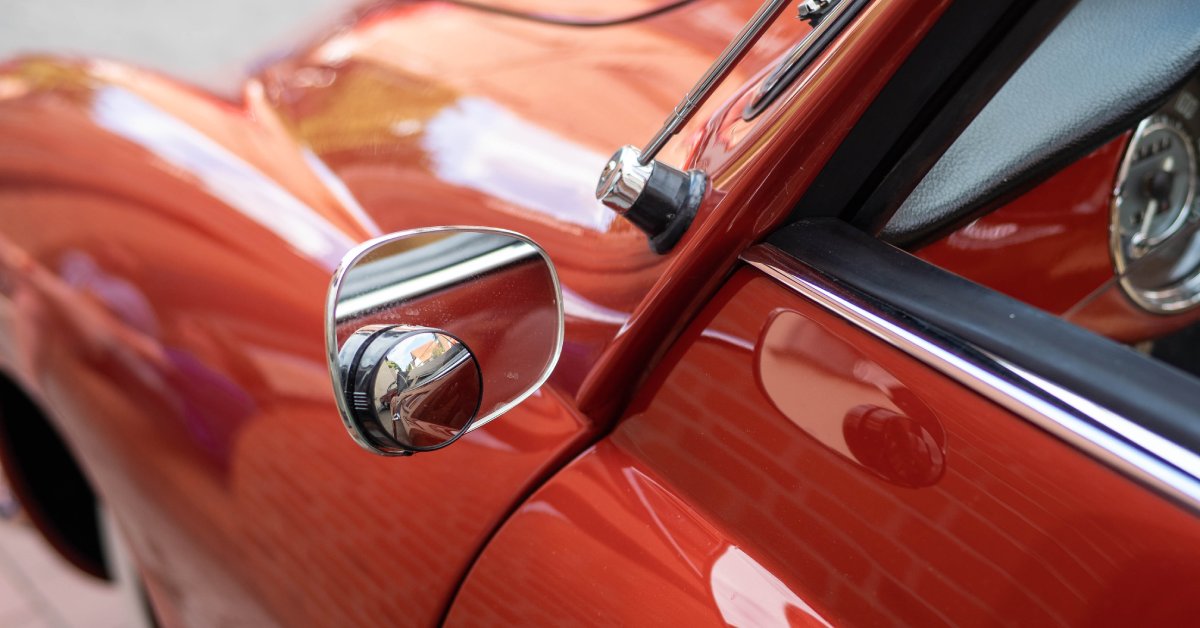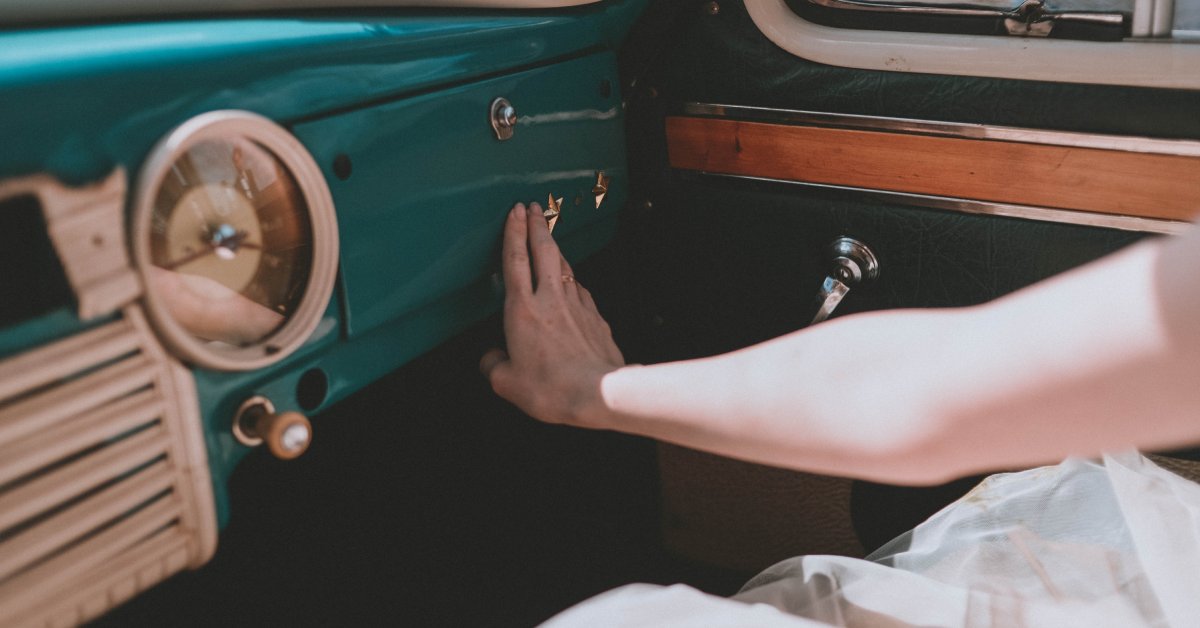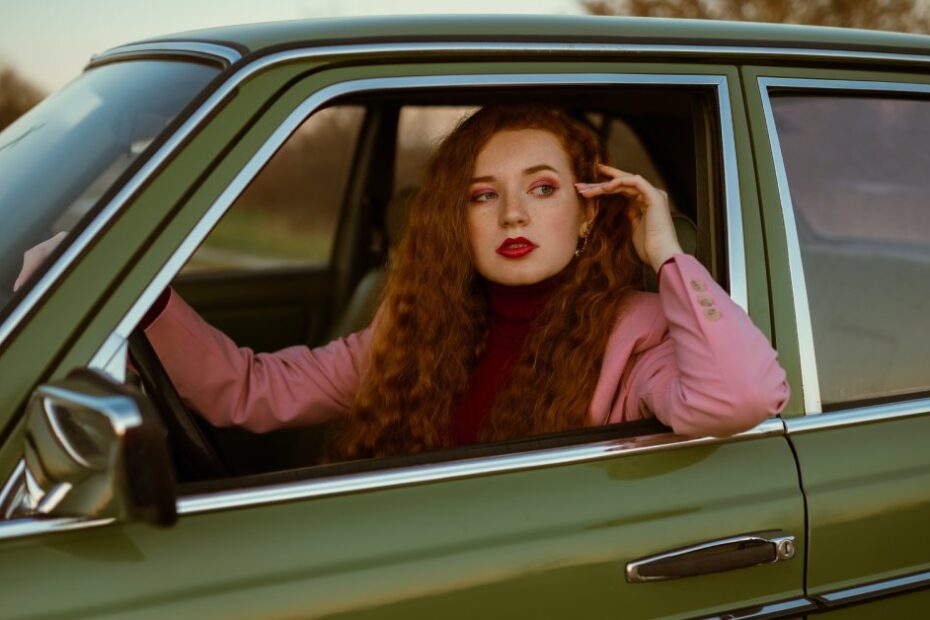The Volkswagen Type 3 might be one of VW’s most underappreciated models. However, from its debut in 1961 to its final production year in 1973, the Type 3 showcased Volkswagen’s engineering prowess through multiple body styles that balanced practicality with distinctive design.
If you’re thinking about purchasing a Volkswagen Type 3 variant, read this guide for an overview of each variant’s history and quirks.
The Birth of the Volkswagen Type 3
Volkswagen introduced the Type 3 series in 1961 as a more upscale and spacious alternative to the Beetle (Type 1). Designed under the direction of Heinrich Nordhoff, the Type 3 marked a major evolution in VW’s air-cooled lineup. Built on a modified Beetle platform, it offered increased comfort, cargo capacity, and styling aimed at a more modern consumer.
Unlike the Type 1 and Type 2 (the Bus), the Type 3 featured a new flat-four engine mounted beneath the rear cargo area. This innovation allowed for additional trunk space in the rear along with a second storage compartment in the front. Type 3s also adopted unitized construction and were among the first VWs to offer front disc brakes.

The Three Core Variants
Three main body styles were produced under the Type 3 designation:
1. Notchback
Debuting in 1961, the Notchback was the first of the Type 3 variants. Its upright rear window and squared-off design made it look like a smaller, simplified European sedan. It wasn’t sold in the US, but it gained a devoted following overseas and among importers.
Key features:
- Traditional three-box design
- Rear-engine layout with ample trunk space
- Available with early 1500cc and 1600cc engines
- Twin-carb or single-carburetor options
Though lesser known in North America, the Notchback played a vital role in defining the visual identity of the Type 3 series.
2. Squareback
Launched shortly after the Notchback, the Squareback (also known as the Variant in Europe) offered even more practicality. With its extended roofline and flat rear cargo area, it resembled a small station wagon and quickly became popular among families and tradespeople.
The advantages of the Squareback included:
- Enhanced cargo capacity,
- Fold-flat rear seats,
- Rear and front trunk access, and
- Fuel injection in later models.
The Squareback was the most widely available Type 3 in the US and remained in production until 1973. It’s also one of the most commonly restored models today, especially among enthusiasts seeking period-correct utility vehicles.
3. Fastback
The Fastback joined the Type 3 family in 1965, bringing a sporty, streamlined silhouette to the lineup. It combined the sleek lines of a coupe with the practicality of a sedan, featuring a rear trunk and foldable back seats.
Fastback highlights included:
- A sloping rear roofline for a sportier aesthetic,
- A 1600cc engine (standard in later years), and
- Automatic and manual transmissions.
The Fastback was Volkswagen’s attempt to modernize its image and cater to drivers who wanted more than just basic transportation. Its more aggressive styling makes it a favorite among collectors and modifiers.
Engine and Mechanical Evolution
The Type 3 initially came with a 1493cc air-cooled flat-four engine, also called the “pancake engine” because of its flat profile. In 1966, VW upgraded the engine to 1600cc for better performance.
One of the most notable innovations came in 1968 with the introduction of Bosch D-Jetronic electronic fuel injection (EFI)—one of the first mass-produced EFI systems. This system improved efficiency and emissions, but it can be finicky for modern restorers.
All models featured:
- Rear-engine, rear-wheel-drive configuration,
- Swing axle or IRS rear suspension (depending on the year),
- MacPherson strut front suspension, and
- Dual braking circuits and (after 1966) front disc brakes.
Model Year Changes and Features
Throughout its production span, the Type 3 underwent several updates:
- 1961–1965: Early models featured 6-volt electrical systems and simple interiors.
- 1966: The 1600cc engine was introduced; front disc brakes became standard.
- 1967: US safety mandates led to interior changes such as padded dashboards and dual-circuit brakes.
- 1968: Fuel injection was introduced; the 12-volt system became standard.
- 1969–1973: More safety and emissions features were added, automatic transmission became available, and the body was slightly revised.

Restoration Considerations
Restoring a Type 3 requires careful attention to detail due to its unique engineering and the varied parts across different model years. Here are a few common challenges.
Body and Structural Challenges
Volkswagen Type 3s are prone to rust, particularly in the floor pans, rocker panels, and battery trays. And, because the Type 3 used unitized construction, repairing structural rust while preserving integrity and alignment often require precision cutting and welding. Original body panels can be difficult to locate, so many restorers turn to reproduction parts or donor cars to complete their builds.
Interior Restoration
The interior of the Type 3 presents its own set of difficulties. Upholstery materials, headliners, and door panels were unique to each variant and often changed from one model year to the next. Finding correct colors and stitching patterns may require significant research or custom reproduction work.
Dash pads and knobs, especially for early models, are scarce and sometimes available only as aftermarket reproductions. However, attention to these small details makes a big difference in the authenticity and value of the finished car.
Wiring and Electronics
Wiring can be especially complicated in later Type 3s, particularly those with fuel injection systems. The Bosch D-Jetronic requires sensors, wiring harnesses, and relays that must be carefully inspected or replaced. Reproductions exist, but installation demands careful routing and grounding. Even models with carburetors may need full wiring harness replacements if the original cloth-insulated wires are brittle or damaged.
Finding the Right Parts
One of the most important aspects of restoring a Type 3 is sourcing the correct components for your specific model and year. The differences between Notchback, Squareback, and Fastback variants, as well as model-year changes, can make parts compatibility tricky.
When restoring a Fastback, for example, you’ll need to find VW Type 3 Fastback parts that match specific years and configurations. That’s why relying on trusted suppliers such as M&T Manufacturing is essential. We offer high-quality, reproduction, and OEM-style components made specifically for Type 3 restorations.
Preserving a VW Legacy
Volkswagen’s mid-century innovation produced three compelling Type 3 models: the Notchback, the Squareback, and the Fastback. Each variant brought unique advantages and style.
If you’re considering bringing one of these vehicles back to life, use this overview as your go-to guide for navigating the parts, challenges, and rewards associated with owning a Volkswagen Type 3 variant.
